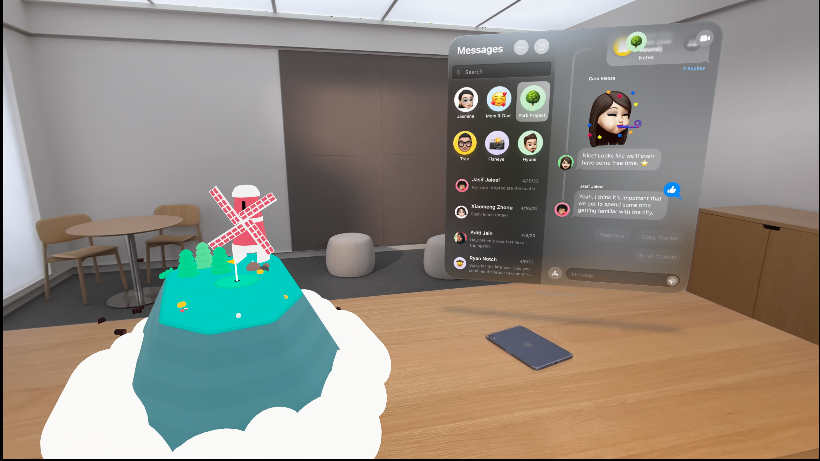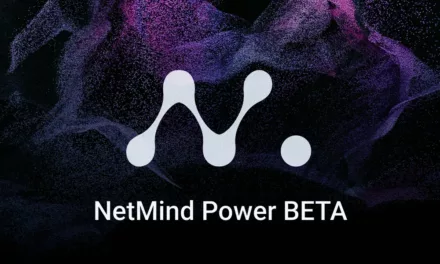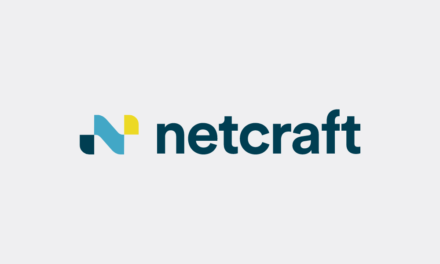
Unity’s visionOS support has started to roll out

After the recent announcement of Apple Vision Pro and visionOS, Unity is excited to launch its Beta program for creating spatial experiences on the visionOS platform. Unity provides deep integration of visionOS by collaborating with Apple. This will enable creators to bring beloved games and apps to a new audience and ecosystem or create something new.
Beta participants will be added to the program over the next few months, but you can do many things today to start preparing content. However, the specific selection criteria, other than not solely focusing on makers of AAA games, has not been disclosed yet.
Once the developers begin working with it, they’ll find the workflow familiar as it closely resembles their experience with iOS development. They can create a project targeting the platform, generate an Xcode project from there, and easily preview or play their work directly from the Unity editor via an attached Vision Pro devkit or Xcode’s Simulator for visionOS apps. It’s important to note that the visionOS doesn’t provide apps with direct access to cameras, and there is no way to circumvent the need to work with RealityKit in the name of privacy.
Generally, Unity is recognized as a powerful engine for creating 2D and 3D video games. Still, the company provides tools to establish a one-stop shop for interactive content development. The company has a rich history on Apple’s platform and many early 2D and 3D games on the iPhone were built using Unity, which significantly contributes to the company’s success. Unity has since also been used to make some popular VR games and apps for PC VR, PlayStation VR and VR2, and Meta Quest platforms.

Source: Unity
Unity is launching its “PolySpatial” feature that enables developers to create apps that can run side by side in the Shared Space. PolySpatial translates Unity materials, meshes, shaders, and so on to RealityKit which is what the Shares Space leans on. There are some limitations even within that context, so developers sometimes have to make tweaks, build new shaders, and so on to get their apps running on Vision Pro.
For approximately a month, developers have been able to create apps and games using SwiftUI and other Apple toolkits for the visionOS. Now Unity provides an extensive library of tools, plugins, and other resources especially geared toward game development. This will significantly reduce the amount of legwork compared to working with SwiftUi, at least for some projects.
So far, much of the discussion has been about adapting existing apps to get their software on the Vision Pro in time for the launch. However, this is also an opportunity for developers to start working on completely new apps for the visionOS.













